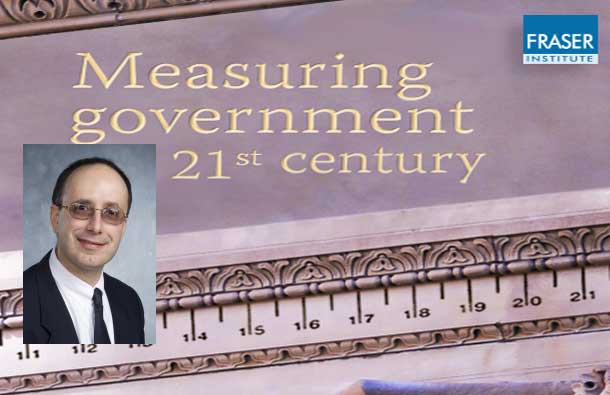 THUNDER BAY – Along with employment and GDP growth, another key measure of economic activity is the value of building permits. Municipalities issue building permits for new construction projects and they provide an important indicator of new capital formation.
THUNDER BAY – Along with employment and GDP growth, another key measure of economic activity is the value of building permits. Municipalities issue building permits for new construction projects and they provide an important indicator of new capital formation.
Over the period 2009 to 2013, Canada saw the value of building permits rise from $61 billion to $81 billion – an increase of about 33 per cent. Despite a slowdown in building permits in 2013, a rebound is underway this year.
However, this growth masks variation in investment composition across communities with implications for the economic health of those communities.
Statistics Canada reports building permit values by category: residential, industrial, commercial and institutional/governmental. For Canada in 2013, approximately 60 per cent of the value of building permits was residential, 7 per cent was industrial, 23 per cent was commercial and the remaining 10 per cent was institutional or governmental – that is to say, largely public sector. If monthly data is examined, these shares can fluctuate quite a bit over time but on an annual basis, these shares have remained quite stable. Nevertheless, there has been a small decline in the percentage of industrial permits and a small increase in commercial ones over the last decade.
What is more interesting is the institutional and governmental share of building permits across the major Canadian Census Metropolitan Areas (CMAs). Ranking the average share of total building permit values accounted for by the institutional and governmental sector for the years 2010 to 2014 shows a large range across Canadian CMAs. While the national average is 10.6 per cent across Canada’s 32 CMAs, the figures range from a high of 28.9 per cent for Thunder Bay to a low of 6.1 per cent in Calgary.
The 10 CMAs with the largest share of building permit activity coming from public sector activity are, from highest to lowest: Thunder Bay, Kingston, St. Catharines-Niagara, Windsor, London, Greater Sudbury, Kitchener-Waterloo-Cambridge, Saint John, Hamilton and Brantford. The public sector share of new construction activity is over 15 per cent for all of these urban areas.
The 10 CMAs with the lowest public sector share of building permit activity ranked from top to bottom are: Saskatoon, Barrie, Ottawa-Gatineau, Halifax, Vancouver, Quebec City, St. John’s, Trois-Rivières, Edmonton and Calgary. The public sector share of new construction activity in these urban areas was 10 per cent or lower.
The 10 CMAs least dependent on public sector spending for new construction investment activity are scattered across the country. While one might argue the strong private sector performance of Edmonton, Calgary and Saskatoon is the fortuitous beneficiary of natural resource abundance, one certainly cannot make the same claim about other cities on this list. What is more interesting is that while Ontario accounts for 40 per cent of Canada’s and nearly half of Canada’s CMAs, only one – Barrie – makes the least dependent list.
Where are the rest of Ontario CMAs? Of the 10 CMAs most dependent on public sector construction projects, nine are from Ontario. Indeed, the list of the top 10 reads like a list of industrially devastated Ontario cities. It would appear that institutional and public sector construction projects have become a major source of new investment in many Ontario cities. Some of this can be tied to the demographics of an aging population if it comes in the form of new medical facilities or long-term care homes or needed infrastructure renewal. On the other hand, it can also be interpreted as a government reaction to Ontario’s economic decline with public investment as a substitute for private.
When it comes to new investment activity, many Ontario communities are now heavily dependent on government life support for their construction activity with funding from federal, provincial and municipal governments. As a short run response to economic downturn, this may indeed be reasonable.
However, cities like Thunder Bay, Windsor or Hamilton cannot forever remain wards of the state when it comes to new investment. Long run economic prosperity requires a healthy private sector and the long run goal in these communities must be new private sector development opportunities. After all, even if there are three levels of government providing money for new construction projects, in the end there is only one taxpayer.
Livio Di Matteo is Professor of Economics at Lakehead University.
Troy Media






